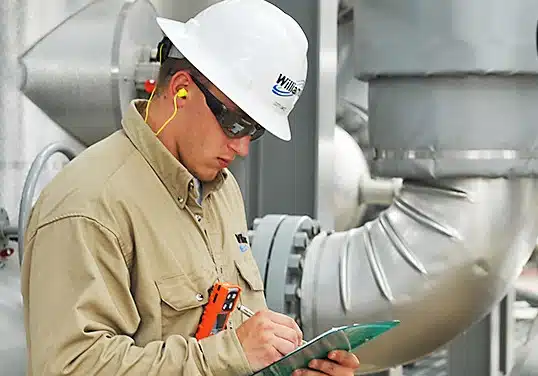In-Line Inspection (ILI) verification is a process used in pipelines to ensure their safety and integrity. By detecting issues early, companies can prevent leaks or ruptures, which can cause environmental damage and be very costly to repair.
Like sending a robotic doctor through a pipeline to check for health issues and collect data, which engineers then analyze and verify to ensure the pipeline is in good condition.
What is In-Line Inspection?
Over time pipelines develop issues like cracks, corrosion (rust) or dents. To check for these problems without digging up the pipeline, companies use a special tools called “smart pigs” that travels through the pipeline.
Smart Pigs?
The smart pig is an inspection device equipped with sensors that can detect various issues inside the pipeline as it travels through including:
- Magnetic Flux Leakage (MFL): Detects metal loss due to corrosion or cracks.
- Ultrasonic Testing (UT): Measures the thickness of the pipeline walls.
- Caliper: Detects dents or deformations in the pipeline.
Verification Process
Engineers then analyze this data to verify the condition of the pipeline.
Data Analysis:
- Engineers look at the data collected by the smart pig.
- They identify areas with potential issues.
Field Verification:
- Engineers physically inspect the pipeline at locations where the smart pig found potential problems.
- They might dig up sections of the pipeline to confirm and repair any issues.
Repair and Maintenance:
- If issues are found, they are fixed to prevent any future problems.
- The pipeline is then monitored regularly to ensure it remains in good condition.

